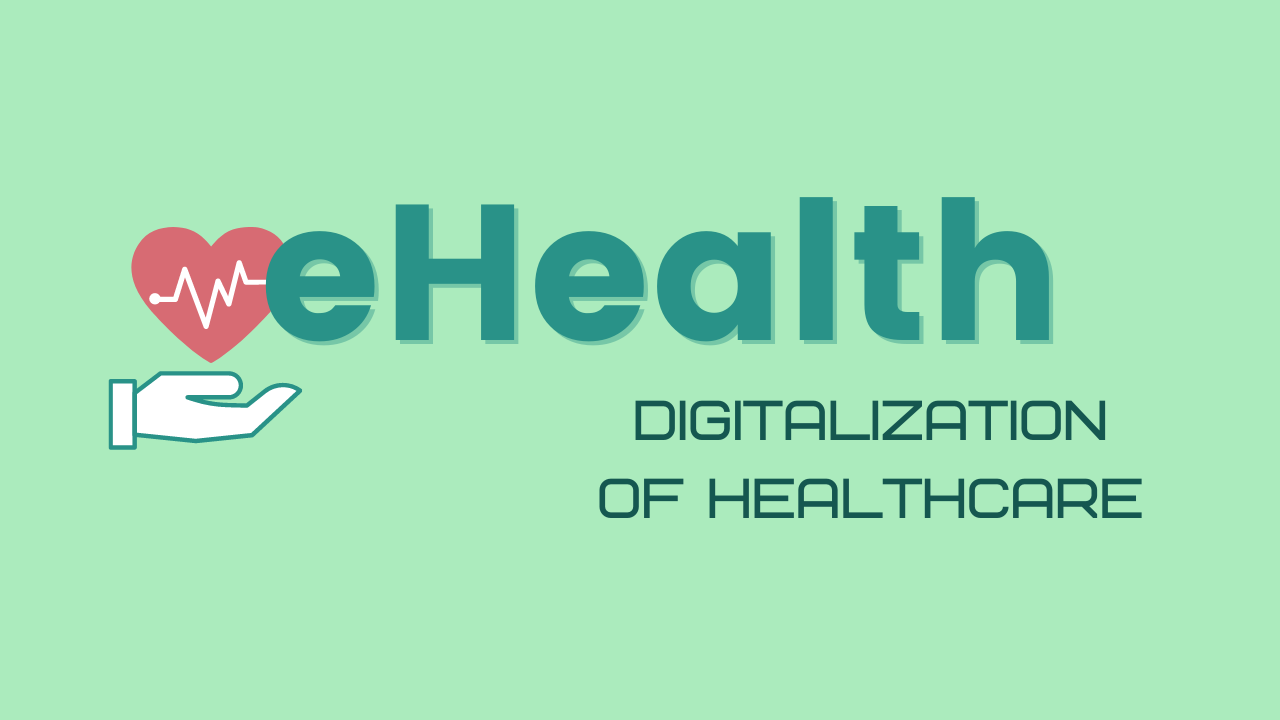
eHealth
Overview
eHealth, also called electronic health and fitness or Health care know-how, refers back to the use of Digital interaction and data engineering inside the Health care field. It encompasses a variety of technologies and applications directed at increasing the effectiveness, usefulness, and quality of Health care delivery.
Targets of eHealth
The principle objectives of eHealth is usually summarized as follows:
Improved Access to Health care: By leveraging electronic technologies such as telemedicine and distant affected person monitoring, eHealth aims to further improve use of Health care companies for individuals living in distant places or with limited mobility.
Improved Quality of Care: As a result of equipment like Digital wellness documents (EHRs) and scientific selection support programs (CDSS), eHealth seeks to improve the quality of treatment by facilitating exact and timely data Trade among healthcare industry experts.
Affected person Empowerment: By giving patients with entry to their health-related data, individualized well being apps, and on the net instructional sources, eHealth empowers men and women to choose an Lively function in controlling their own individual well being.
Expense Effectiveness: Making use of electronic platforms can assist lower administrative prices related to paper-primarily based techniques even though enabling successful coordination involving distinctive stakeholders throughout the Health care ecosystem.
Vital Purposes of eHealth
Quite a few vital purposes add to acquiring the targets outlined previously mentioned:
Electronic Wellness Information (EHRs):
EHRs are digital variations of people' clinical data that could be simply accessed by authorized healthcare vendors involved with a individual's care. They provide an extensive look at of a affected individual's professional medical heritage, lab benefits, medicines prescribed, allergies, and other relevant scientific info.
Telemedicine:
Telemedicine entails offering healthcare remotely via online video conferencing or mobile phone calls. It permits Medical professionals to consult with sufferers who can't bodily pay a visit to hospitals or clinics because of geographical constraints or mobility challenges.
Mobile Health (mHealth) Apps:
mHealth applications are smartphone applications that present different Health care providers, such as tracking critical symptoms, reminding patients to just take medications, delivering access to wellness instruction components, and facilitating interaction with healthcare companies.
Distant Patient Monitoring (RPM):
RPM makes it possible for Health care experts to watch a affected individual's important indications and various well being parameters remotely employing wearable products or sensors. This enables early detection of health problems and timely interventions.
Wellbeing Information and facts Exchange (HIE):
HIE entails the safe sharing of individual facts throughout different healthcare organizations, making certain seamless coordination and continuity of care among suppliers in several configurations.
Medical Final decision Aid Systems (CDSS):
CDSS leverage artificial intelligence algorithms to analyze medical information and help healthcare experts in creating evidence-based decisions regarding analysis, procedure designs, drug interactions, plus more.
Health and fitness Wearables:
These are wearable equipment like Conditioning trackers or smartwatches which can acquire physiological information on an individual's exercise routines, coronary heart fee patterns, sleep high-quality, plus much more.
Advantages of eHealth
The adoption of eHealth gives a number of benefits for both of those persons and the overall Health care technique:
Improved Performance: eHealth streamlines administrative duties by reducing paperwork and enabling the Digital exchange of data among stakeholders linked to individual care.
Improved Communication: Electronic health applications facilitate helpful conversation between clients and their Health care providers even though also advertising collaboration between various experts linked to a client's therapy system.
Access to Specialized Treatment: Telemedicine lets individuals residing in distant spots or underserved communities to consult with expert Physicians who will not be bodily present nearby.
Timely Interventions: By distant monitoring programs or cell applications that offer alerts or reminders for medication adherence or observe-up appointments, eHealth helps avoid difficulties by facilitating early interventions.
Enhanced Patient Outcomes: By delivering effortless access to health-related facts on line together with customized overall health steering, eHealth empowers patients to actively engage in their particular healthcare and deal with Long-term disorders effectively.
Challenges and Issues
Although the implementation of eHealth comes with several Rewards, Furthermore, it provides issues and worries that must be tackled:
Privacy and Stability: Shielding client knowledge from unauthorized entry is a substantial concern in the electronic wellbeing landscape. Sturdy safety measures, compliant with applicable privateness laws, should be executed to guarantee knowledge confidentiality.
Interoperability: Diverse healthcare units and apps may not normally seamlessly talk to each other as a consequence of deficiency of interoperability specifications. Ensuring successful exchange of data across platforms is critical for extensive patient care.
Electronic Divide: Not Absolutely everyone has equal use of electronic technologies or possesses the mandatory digital literacy competencies essential for utilizing eHealth instruments successfully. Bridging the electronic divide gets to be important to make sure equitable use of Health care providers.
Regulatory Compliance: The dynamic mother nature of engineering generally surpasses existing regulatory frameworks. To completely leverage the advantages of eHealth even though safeguarding patient rights, rules need to keep tempo with technological progress without having stifling innovation.
Conclusion
eHealth performs a pivotal position in modernizing Health care delivery by harnessing engineering for enhanced entry, quality of care, affected person empowerment, and value effectiveness. The common adoption of Digital interaction tools, telemedicine solutions, cellular overall health applications, distant checking devices, and various innovative options contributes in the direction of a more connected and affected person-centered approach to healthcare provision. Nevertheless, addressing problems linked to privacy safety, interoperability eHealth specifications compliance bridging inequality gaps in World wide web accessibility are crucial methods toward attaining the total possible of eHealth.